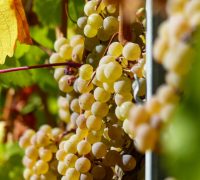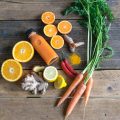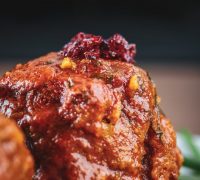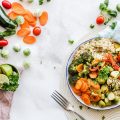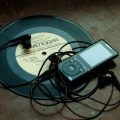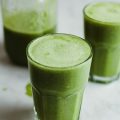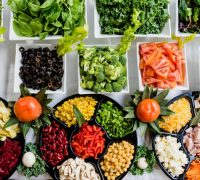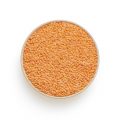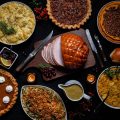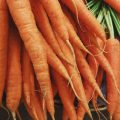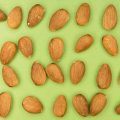A while ago, two of my friends and I started a little project to learn more about wine. A wine tasting is a perfect mindfulness experience, because it teaches you to totally focus on the moment and embrace it with all your senses.
… hear the sound of the wine pouring into the glass …
… see the gently colors of the wine, and how it moves along the wall of the glass when you carefully move it …
… smell its scent and try to detect all the hidden flavors …
… feel how the wine prickles at the tip of your tongue …
… taste the richness of aromas in every single sip …
At our first, initial meeting, we had a variety of different but classical wines, but from now on, we want to submit every evening to a special topic. The reason is that you can hardly experience the peculiarities of, say, a Pinot Blanc, when the other wines you have that evening are a Sauvignon Blanc and a Cabernet Sauvignon. You have to compare the Pinot Blanc with other Pinot Blancs from different regions or years. So the other night, we devoted our wine tasting to just one vine: the Riesling.
Riesling is one of the most important white vines worldwide and in Germany, especially. The Riesling grape is a little challenging to cultivate because it ripens rather late, but it is the basis of wonderful wines that hold a variety of fruity flavors, like peach, apple, lemon, grapefruit, and passionfruit, and it is known to express the characteristic features of the vineyard location in a unique way. Wines that are made from this grape often have a slightly yellow color and are rather rich in acids, therefore they can be stored for several years.
In Germany, one of the most famous wine-producing areas for Riesling lies along the Mosel river which is one of the biggest tributaries of the Rhine. The nature of this area lies in its slate hillsides which yield a very clean, slim, and mineral wine.
~ vineyard at the Mosel river ~
To start with a classic and because the other wines were supposed to be richer in fruitiness, the first wine of the evening was a Mosel Riesling.
It had a very mineral, slightly flowery scent which I found very appealing. When tasting it, I was surprised to note a certain bitterness at first, but then the flowery flavors came through again. There were no peculiar flavors of fruit, just the fresh and cool mineral taste. I liked this wine for its clarity and unobtrusiveness, and it was good to start with this one because Riesling wines like this that have grown on slate ground are said to be the “classic” ones.
The next wine came from the Palatinate (“Pfalz” in German), a region in the southwest of Germany that is blessed with a warm and sunny climate and thus ideal conditions for winegrowing. The grounds are rich in sand and clay, but you will not find any slate here, what results in less mineral, but very fruity and rather heavy Riesling wines.
~ in the Palatinate, good wine and hearty food are valued very highly ~
This wine contained more acid than the one before – what was surprising because usually, the mineral, less fruity wines are said to be more acidic – which showed in little bubbles that accumulated at the bottom and walls of the glass.
It had a very rich scent of apricot that was also noticeable when drinking it, and the taste was strong and remained very long. Yet, this wine was a little too much for me, and I had enough of it after a few sips. One of my friends liked it a lot, though, and it definitely was a good wine, but not so much my taste.
Finally, we had a Riesling from the Alsace, which is a very traditional French wine region with a kind climate and a variety of different soils. It is famous for very flavorful white wines.
~ wine production in Alsace ~
~ the bottle came with a very elegant label already ~
The wine itself had a yellow color (which is rather unusual for a Riesling) and an incredibly fruity scent, although it was hard to recognize a particular fruit – passionfruit maybe? At the same time, it was surprisingly low in sweetness and very spicy. My friend smelled honey, and I suggested cloves. When tasting it, all intensity was still there, but it appeared sweeter then, although it was a dry wine, and still it was less mighty then the one before.
Taken together, the first Riesling from the Mosel was definitely my personal favorite. I had never thought Riesling wines would taste so differently depending on where they come from, and now I know that, when ordering a glass of Riesling the next time, I will choose one from the Mosel river preferably.
Do you like Riesling? Which kinds of white wine do you prefer?

